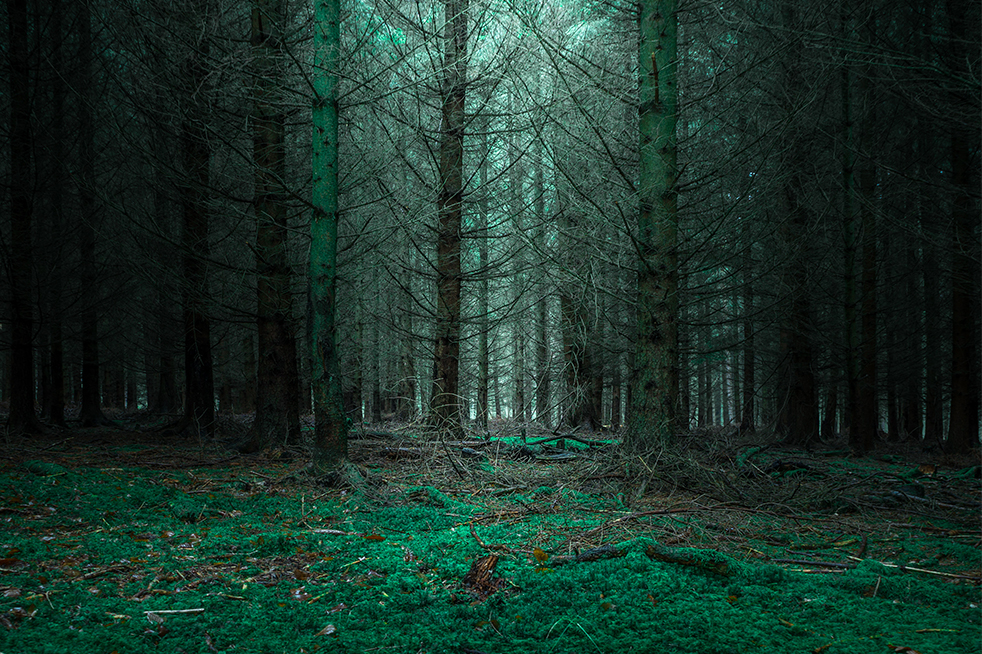“Children can have a cruel, absolute sense of justice. Children can kill a monster and feel quite proud of themselves.” Or at least so says the dark yet enchanting back cover of Holly Black’s newest fantasy novel, The Darkest Part of the Forest.
The book begins with a girl, Hazel, who lives with her brother, Ben, in the strange town of Fairfold. Fairfold, like many of the towns depicted in popular Young Adult novels, is not an average town — in it both humans and faeries live together.
For the most part, the faeries’ magic is more amusing than harming. But not always. As the title suggests, this novel’s adventure truly begins in the woods. There a boy has slept “for generations, never waking.”
As Hazel and her brother become more entwined with the sleeping boy, the novel really takes off. Readers can expect similar plot devices to those of the major Young Adult genre blockbusters, like J.K. Rowling’s Harry Potter series, Suzanne Collins’ Hunger Games and Veronica Roth’s Divergent. This is far from a downside though. Black makes the transition from real world to her own fantastical one both easy and enjoyable. As someone who is no stranger to the New York Times Bestsellers List, Black skillfully leads readers into the adventure of a lifetime.
Black is perhaps best known for her earlier serial work, The Spiderwick Chronicles. Readers who are familiar with her work, and even those who are not, will surely be running to the book store.
Overall, The Darkest Park of the Forest is reminiscent of the Brothers Grimm and delivers an entertaining tale rooted in the dangers of the mystical forest, complete with a knight that is destined to wake the sleeping royal. She goes against the status quo by making that knight the female lead, Hazel.
Hazel is, in many ways, a character girls can relate to in today’s society. Girls are no longer willing to stand on the sidelines and be saved by the knight; they want to be the one doing the saving. Hazel faces terrifying dangers in the forest of Fairfold.
At times, though, to call the dangers terrifying would be an understatement: “Hollow pits where his eyes should have been stared up at the sky, maggots squirming inside, pale as seed pearls.” Black’s writing is not for the faint of heart and, perhaps, not even for the younger of the “young adults.”
Typical of this genre, The Darkest Part of the Forest addresses many of the issues of young adults: parental neglect, falling in love, the desire to be normal, grief and gender identity. Black had the opportunity to inspire her readers but fell short of her endeavor probably due to the use of a third-party narrative. Slow in plot formation and convoluted at times, the story is often apathetic and lacks the emotion to keep the reader invested in the lives of the characters.
As a stand-alone novel, it can be hard to reach the character depth that authors of series can accomplish over a longer period of time. The novel had to take too much time setting up the world to accomplish deep character development.
For example, Hazel, as the self-proclaimed savior, battles the evil responsible for the deaths and bazaar occurrences surrounding Fairfold.
She is forced to face the darkness of the forest as well as the darkness within herself. Her parents were abusive, but Black failed to portray the fullest extent of the abuse until late in the novel, which hindered the emotional impact of her struggles.
Additionally, Black should be commended for the positive portrayal of Ben’s homosexuality. The character had flaws typical of any teenager dealing with being gifted and parental neglect, but Black never made excuses for his gender identity or his love affair.
Jack, Ben’s best friend and love interest of Hazel, was the most relatable character. The reader is drawn to his struggle for normalcy in a world where the definition of normal is multifarious. As a changeling growing up in the world of humans, his desire for acceptance and the search for true love lends to the proverbial thumbs up when each conflict is fought and won.
Although the early chapters could be described as lackluster, the second part of the book truly propels the reader to its end. The plot thickens with twists and turns that grab the reader and lead them into Black’s magical forest, which is a place unlike any other.
Our Take: 4/5
